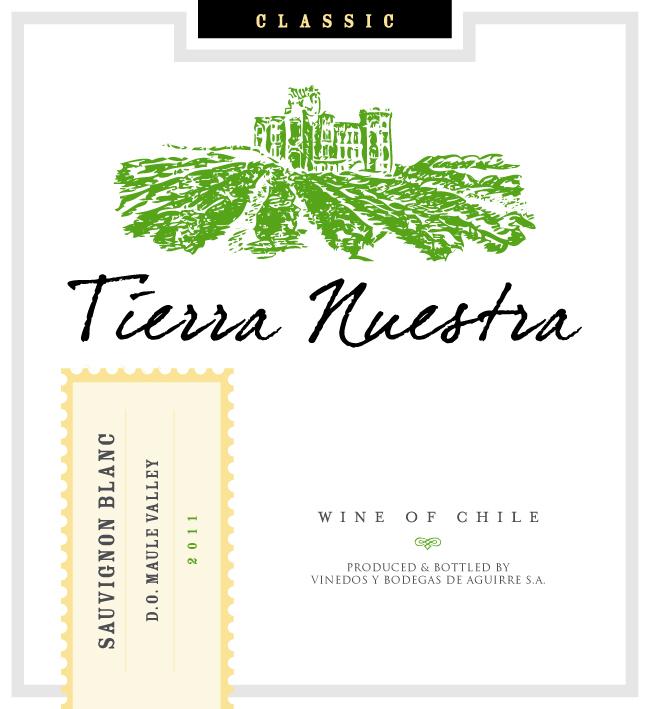2011 Maule Valley Sauvignon Blanc
Tierra Nuestra Classic is a delightful Sauvignon Blanc hailing from the renowned Maule Valley, showcasing the region's vibrant winemaking heritage. This white wine impresses with its light to medium body, offering a refreshing experience that is truly enjoyable. The acidity is bright and lively, providing a crispness that beautifully complements the wine's fruit character. On the palate, expect medium fruit intensity, brimming with notes of citrus and green apple that dance gracefully across the tongue. With a dryness that is pronounced yet balanced, this wine is perfect for those looking for an elegant and food-friendly option. The complexity of flavors makes it an excellent companion for seafood dishes or fresh salads, ensuring a memorable tasting experience.
Tierra Nuestra Classic is a delightful Sauvignon Blanc hailing from the renowned Maule Valley, showcasing the region's vibrant winemaking heritage. This white wine impresses with its light to medium body, offering a refreshing experience that is truly enjoyable. The acidity is bright and lively, providing a crispness that beautifully complements the wine's fruit character. On the palate, expect medium fruit intensity, brimming with notes of citrus and green apple that dance gracefully across the tongue. With a dryness that is pronounced yet balanced, this wine is perfect for those looking for an elegant and food-friendly option. The complexity of flavors makes it an excellent companion for seafood dishes or fresh salads, ensuring a memorable tasting experience.




